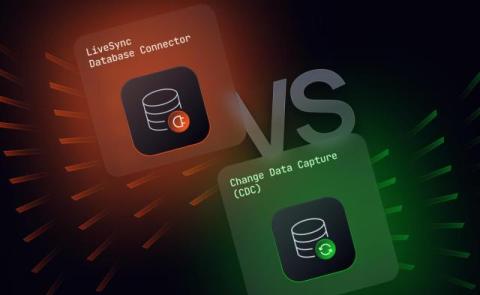A guide to PHP attributes
When building web applications in PHP, there may be times when you want to add metadata to annotate your code that can be read by other parts of your application. For example, if you've ever used PHPUnit to write tests for your PHP code, you'll have likely used the @test annotation to mark a method as a test in a DocBlock. Traditionally, annotations like this have been added to code using DocBlocks. However, as of PHP 8.0, you can use attributes instead to annotate your code in a more structured way.











